Spatial Development
All human activities have a spatial dimension; therefore, spatial planning are methods used by the public sector to influence the future distribution of activities in space, with the aim of producing their rational organisation including the linkages between them, to balance development with environmental protection, to achieve social and economic objectives, and to influence the distribution of people and activities. Spatial planning embraces measures to co-ordinate the spatial impacts of other sector policies, to better distribute economic development between regions than would otherwise be created by market forces, and to regulate the conversion of land and property uses. It also leads to the careful management of natural and cultural resources as well as urban settlement system and infrastructure network.
Considering the conditions of mountain regions whose environment represents a constraint as well as an opportunity for the population living there, spatial planning is essential for the preservation and development of such regions.
As outlined in Article 5 of the Carpathian Convention, spatial planning must consider specific ecological and socioeconomic conditions of the Carpathians in order to implement policies that both protect the mountain ecosystems and benefit local communities. The Convention especially emphasizes cooperation within border areas and across national borders. Parties are required to not only cooperate on a municipal or national level to conserve and sustainably manage natural resources, but also cooperate regionally for developing transboundary infrastructure, prevent transboundary pollution impacts and more.
Related Working Groups and Initiatives
Protocols and related Strategic Documents
Selected Documents
Cooperation with the EU Strategy for the Danube Region
The Carpathian Convention is closely cooperating with the EU Directorate-General for Regional and Urban Policy (DG Regio) in mainstreaming and profiling mountains at EU level, both in the macro-regional strategies and through new possible initiatives, whose final aim will be the possibility to develop a “Mountain Agenda” for Europe.
Within this cooperation, an Expert Workshop on “Mountain Dimension in the Danube Region, the case of Carpathians. Challenges and Opportunities for Regional Cooperation in Mountain Areas”, was held in Brussels on 25 November 2015. As a follow up to the meeting, a Joint Synergy Paper between the Carpathian Convention and the relevant Priority Areas (PAs) of the European Strategy for Danube Region (EUSDR) was developed. Related to this, different Memoranda of Cooperation between the Carpathian Convention and the EUSDR Priority Areas has been signed:
- The Memorandum of Cooperation between the Carpathian Convention and EUSDR PA 1B “Mobility | Rail-Road-Air”, 07 June 2016
- The Memorandum of Cooperation between the Carpathian Convention and EUSDR PA 04 “Water Quality”, 30 August 2016
- The Memorandum of Cooperation between the Carpathian Convention and EUSDR PA 02 “Energy”, 03 November 2016
- The Memorandum of Cooperation between the Carpathian Convention and EUSDR PA 05 “Environmental Risks”
- The Memorandum of Cooperation between the Carpathian Convention and EUSDR PA 06 “Biodiversity & Landscape”
Some EUSDR PAs decided to launch a written procedure for its signature, while with other PAs, the Carpathian Convention is still at an earlier stage of mutual consultation.
Relevant publications
Vienna Programme Office
Secretariat of the Carpathian Convention
UN Environmnent
Vienna International Centre
PO Box 500
A – 1400 Vienna
Tel: +43 1 260 60 83038
Mail: info.carpathianconvention@un.org
TOPICS:
Large Carnivores
Education for Sustainable Development
© Secretariat of the Carpathian Convention
POWERED BY:

